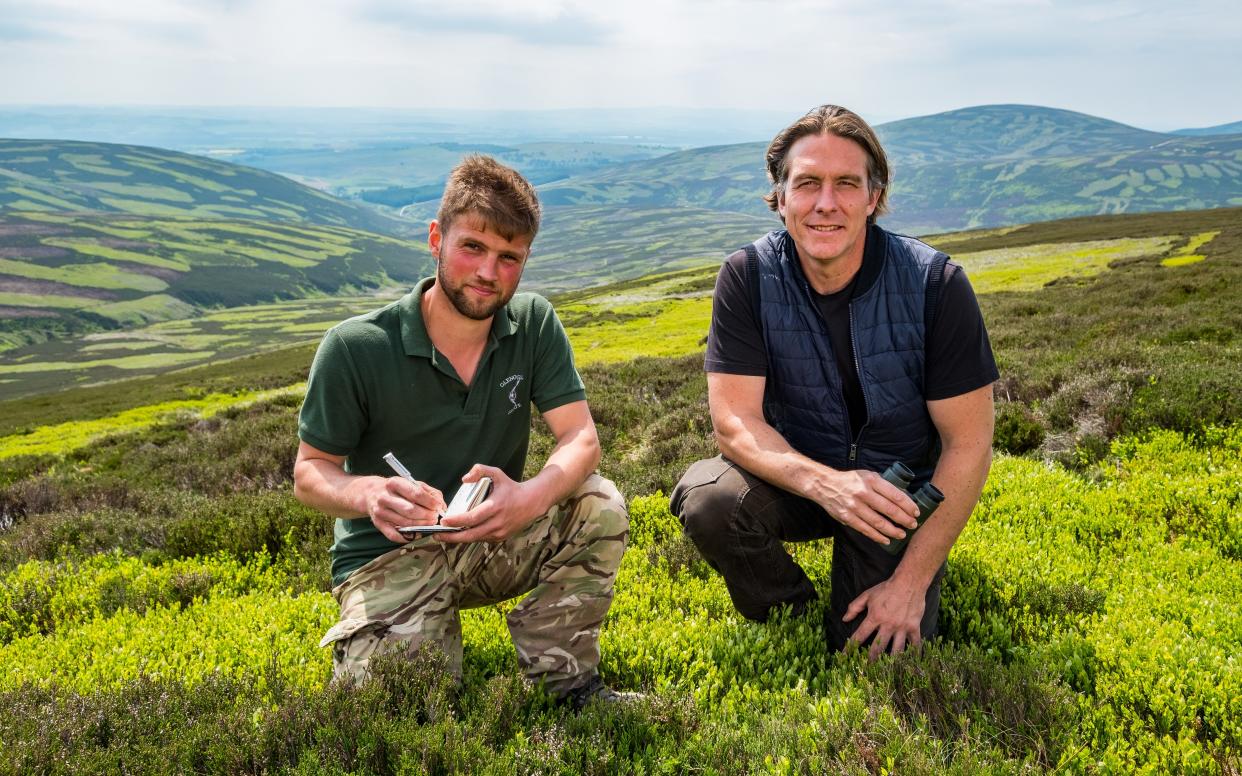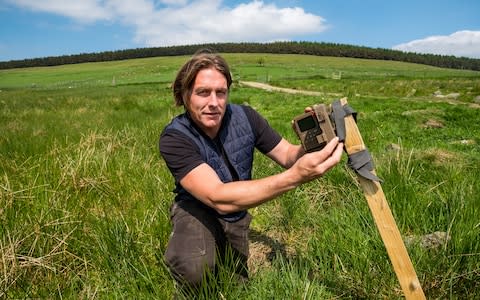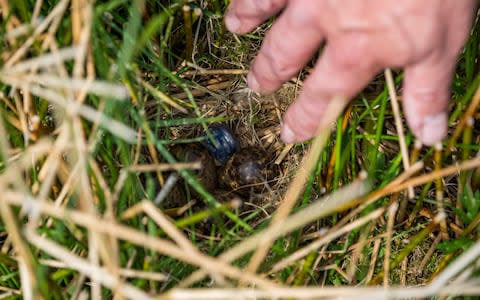Scientists laud biodiversity on renowned grouse moor after recording 103 bird species

Critics claim they are deserts given over to a single species, but the German scientists who have spent three years studying a renowned grouse moor have today <Thurs> put forward a very different view.
They recorded 103 bird species last year on Glenogil Estate in the Angus glens, which they claim are only there because of the way the land is managed for red grouse, Scotland’s most valuable sporting prey.
The international team studying the moor has counted an extra 35 species since its first survey in 2015, and the list includes endangered “red list” birds such as curlew, lapwing, black grouse and merlin.
Grouse moors have never been under closer scrutiny and are often linked by the RSPB to wildlife crime and the disappearance of birds of prey.
But there are also 11 raptors on the list, including golden eagles, sea eagles, hen harriers, red kites, ospreys, barn owls and short eared owls, as well as the ubiquitous buzzards.

One grassy valley on the edge of the patchwork heather moor has around 100 wader nests this year - many of them observed by trail cameras - and on a sunny day in May the air is filled with the calls of lapwing, curlew, snipe and oyster catcher.
Dr Daniel Hoffman, of the Game Conservancy Deutschland, said the numbers were entirely the result of habitat and predator management - principally heather burning and the control of animals including foxes, crows and stoats.
His team has also identified an abundance of mountain hares, which are controversially culled on some moors, but not on Glenogil.
He told the Telegraph: “I did some projects in Germany with waders and there you have to look for lapwing and it takes a long time to find a curlew. Here you go outside and say, hey, there is a snipe, there is a curlew.
“In Germany it is often the case that when you have a protected area the politicians forbid hunting and predation control and then you have a nice habitat, but you don’t have any waders they are all eaten by the predators.
“If you stopped predation control here, within three years you will have perhaps one third of the mountain hares and one third of the waders.
“We read papers and articles saying that species such as the curlew, a flagship species in nature conservation, are endangered in Britain but you can't believe that when you are here.
“We find almost double the number of breeding pairs of golden plover on these few hectares at Glenogil that you find in the whole of Germany. They breed here because the landscape is managed as it is.”
The patches of burned heather produce insects for grouse to feed on, while the longer heather is used for nesting. They also define territories for birds, so that more patchwork means more birds.
Dr Hoffman, whose team used techniques including trail cameras, night vision equipment and drones, said he now wanted to show other estates, other parts of Britain and “the whole of Europe”, that the level of biodiversity on Glenogil - which is 12,000 acres but shoots over 23,000 acres - was only possible with the correct form of management.

Andrew Montgomery, the estate manager, said the constant criticism of grouse shooting was a “great frustration” and "unfounded", with Glenogil producing an online film detailing Dr Hoffman's work in a bid to demonstrate its conservation work to a wider audience.
He added that the owner, the German businessman Baron Ferdinand von Baumbach, was as happy to go out with friends and shoot 20 to 30 grouse as he was to shoot 100, and there was “no drive of the numbers”.
“It is all about everything working together,” he added. “If the shooting is not sustainable, we cancel everything.”
Ian Thomson, head of investigations at RSPB Scotland, said it recognised that predator control could be of benefit to some ground nesting birds, but added that the announcement smacked of propaganda and simply seeing birds in an area was not a reliable indicator of successful breeding.
He added: "The more telling aspect of this survey is the complete lack of a successful breeding bird of prey community in an area of the Angus glens that has a history of appalling intolerance to these protected species. When hen harriers, peregrines or golden eagles are consistently successfully breeding in these areas, that will be worth noting."

 Yahoo News
Yahoo News 
